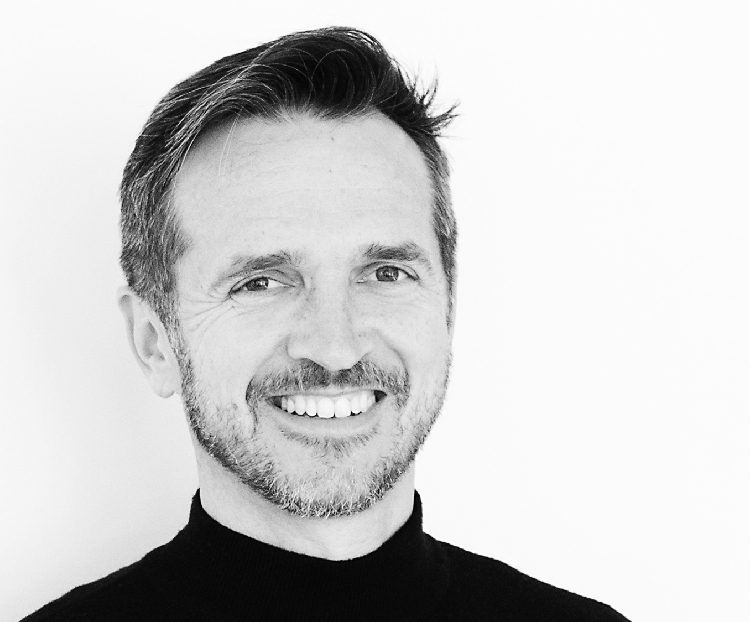This is a guest post based on an excerpt from the latest edition of Mark Tungate‘s book Adland.
If you like this, blog readers can get an exclusive 30% discount and free P&P on the book (here’s my review).
To get the discount buy online at www.koganpage.com and enter the code WAKEMANADLAND30 – giving you the book for £17.49 rather than £24.99. The offer expires on 31 August 2013.
The agency of the future
‘Brands can no longer force themselves on an unwilling public’
For almost 30 years, the advertising landscape evolved remarkably slowly. Anybody who had worked with Bill Bernbach in the early 1950s would not have felt out of place at an agency in the late 1970s. About the only technological innovation of any note had been the adoption of FM radio by rock stations. Only when cable and satellite emerged in the 1980s did tectonic shifts in media consumption habits begin to occur. By the early 1990s, it was clear that fragmenting TV audiences and the rise of the internet were going to change everything. It seemed likely that, at some point in the near future, computers and television sets would merge. ‘Convergence’ became the new buzzword.
In May 1994, Edwin L Artzt, chairman and CEO of Procter & Gamble, told the American Association of Advertising Agencies: ‘The advertising business may be heading for trouble – or it may be heading for a new age of glory. Believe it or not, the direction… is in our hands. The reason: our most important advertising medium – television – is about to change big-time… From where we stand today, we can’t be sure that ad-supported TV programming will have a future in the world being created – a world of video-on-demand, pay-per-view and subscription television.
Within the next few years… consumers will be choosing among hundreds of shows and pay-per-view movies. They’ll have dozens of home shopping channels. They’ll play hours of interactive videogames. And for many of these [there will be] no advertising at all. If that happens, if advertising is no longer needed to pay most of the cost of home entertainment, then advertisers like us will have a hard time achieving the reach and frequency we need to support our brands’ (‘P&G’s Artzt: TV advertising is in danger’, Advertising Age , 23 May 1994).
The advertising agencies agreed that he was probably right, scurried off to write white papers on the issue, and did relatively little. This was not the first time they had been warned. Way back in the early 1960s, a West Coast adman named Howard Gossage had pinpointed everything that could go wrong with advertising. Known as The Socrates of San Francisco, he was uncommonly lucid about his own trade. Advertising, he considered, was ‘thoughtless, boring and there is simply too much of it’. He was opposed to repetition, suggesting that it took only one direct hit to kill an elephant. Although he was not lacking in cynicism regarding consumers, he at least argued for the involvement of audiences in advertising, citing the old proverb that when you bait a trap, you should always leave room for the mouse. He believed that an ad ‘should be like one end of an interesting conversation’.
But it is the following quote that is often highlighted by Gossage fans for its relevance today: ‘Advertising may seem like shooting fish in a barrel, but there is some evidence that the fish don’t hold still as well as they used to and they are developing armour plate. They have control over what type of ammo you have, when the trigger gets pulled, and how fast your shot moves. Oh, and they’re not all in the same barrel anymore’ (‘Rich media, online ads and Howard Gossage’, Clickz.com, 8 November 2004).
The arrival of the digital video recorder in 1999 chilled agencies to the marrow. Allowing the viewer to ‘time shift’ viewing and skip commercial breaks, it represented the slow death of scheduled television and, potentially, the 30-second advertising spot. And then there were all the other distractions available to audiences: video games, blogs, social networks, phones that were becoming entertainment centres… suddenly, the agencies didn’t know which way was up. The advertising industry resembled one of those cartoon characters frantically plugging leaks in a rowboat, only to find more fountains of water springing up around them.
Even Kevin Roberts, the worldwide CEO of Saatchi & Saatchi,suggests that consumers are, on average, less confused than advertisers. ‘Consumers know exactly what they want,’ he says. ‘They want it all. They want to read their news in the newspaper. They want a weekly magazine to give them a bit of perspective. They want updates on their mobile phones. They want to check stuff out on the internet. They want to listen to the radio in their cars. They want big pictures on their TVs in the evening. They’re not remotely confused.’
For Roberts, this is a bonanza for brands. In the future there will be more screens, not fewer. In our homes, at work, in supermarkets, on mobile phones… all the world’s a screen. ‘Our job is to create emotional connections with people, wherever they may be,’ he says.


